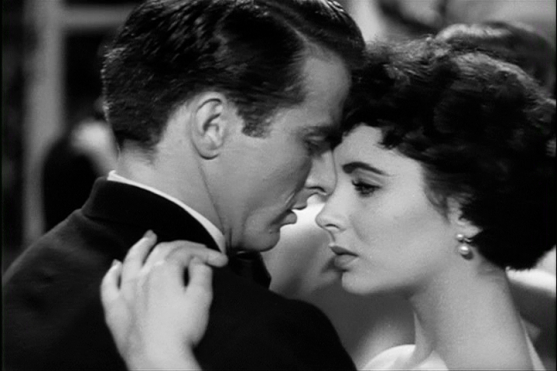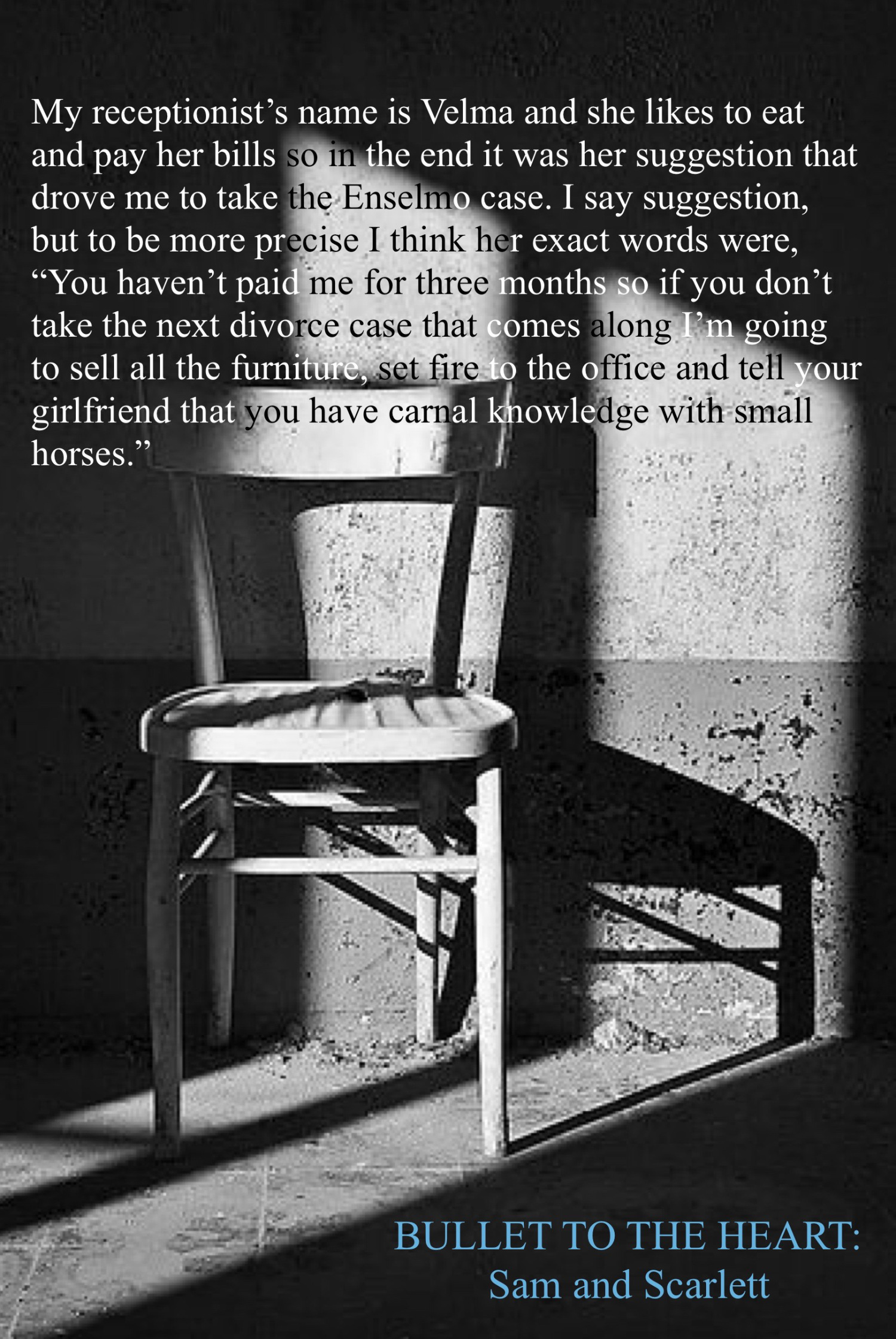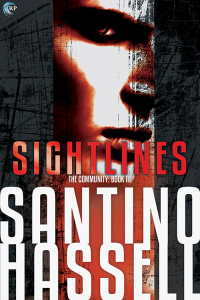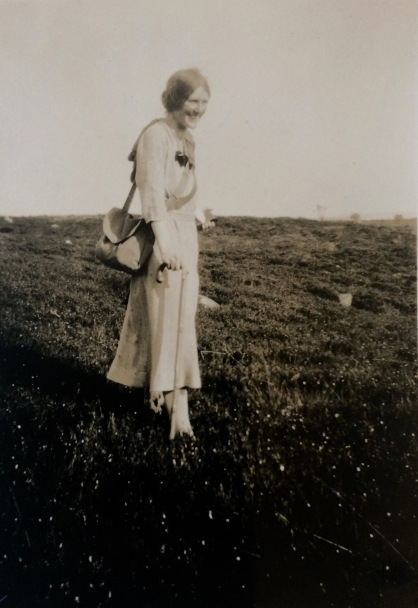
“I love you. I’ve loved you since the first moment I saw you. I guess maybe I’ve even loved you before I saw you.”
I’ve been reading Steve Erickson’s fantastic novel Zeroville. It tells a strange cinephile’s story of chasing Hollywood in the 1970s. In an iconic image from the novel, the protagonist has an image tattooed on his head: Montgomery Clift and Elizabeth Taylor as they appear in A Place in the Sun. I was fascinated by this. I recently attended a screening of the film, and I was particularly interested in what made A Place in the Sun so special to Erickson to include the tattoo in the novel. There weren’t any surface answers, but I found that the film hits its mark with precision and feels like a jarring, if at times manipulative, remnant of Old Hollywood with a handful of lessons still relevant to cinema today.
The movie follows George Eastman (Clift), a blue-collar nephew of a white-collar businessman. George gets a low-level job at his uncle’s factory, where he falls for fellow factory worker Alice Tripp (Shelley Winters). He soon strives for “even better” when he rises through the ranks at the factory and catches the eye of the beautiful high-society woman Angela Vickers (Taylor). George attempts to live a double life, chasing after Angela while appeasing the increasingly unstable Alice.
I have a hard time getting through some clunky censorship-rooted stuff from the 50s, but it’s neat to see how these issues manifest themselves in A Place in the Sun, and I’m glad to say they really put up a fight with this one. There’s a different expectation when you watch a movie from 1951. It’s anything goes in movies these days, but I was on the edge of my seat for parts of this movie wondering how far they’ll actually go with all of this. Most of A Place in the Sun lives in a dark place. Clift is a messy protagonist, and it’s hard to root for him (and against Winters) on paper, but the editing and performances really seal us in an uncomfortable dynamic as viewers. The movie’s most uncomfortable and most successful scene pays homage to Sunrise in a dismal turn I found myself rooting for, and several other scenes really toe the line on what you could put in a movie in those days; it’s something I really adore.
A tenant of Zeroville, which features a fascinating discussion of A Place in the Sun and its editing, is that all films are manipulative; some just do a better job at hiding it. I think that’s what interests me most about the movie. For a while, I thought that there were no likable characters and that Clift was only the best among them, but I still found myself won over by the end, holding on for some miracle to prevent his dire situation. Winters plays an inconsistent set piece (hot and cold at the flip of a switch), but she plays it so truthfully that we sympathize with her while subtly rooting for her death past the 30 minute mark. It’s a classic love triangle with less color in its cheeks. As far as manipulation goes, A Place in the Sun is as manipulative as it gets, but I think Zeroville has helped me accept that some movies can get away with it because they’re just so beautiful, and there’s no doubt that this movie is beautiful amidst the chaos.
I also think the movie has “legendary status” for its discussion of the American dream. This seemed like the easiest way to get your 20th century story to legendary status, and perhaps it was more relevant to the culture in those days, but I find it harder to get on board with this reading of the film. Some stories do the “American dream” narrative better than others, but it does seem hamfisted in this movie. I really like the characters, and the class issues are an integral part of those characters; I just don’t think A Place in the Sun has anything interesting to say about class. Clift doesn’t fail because the American dream is hard; he fails because he’s a jerk. In that sense, I think the movie is more about people than it is about America.
I’m really glad Erickson’s novel gives me a unique lens through which to watch this movie, and I’m also glad it seems to rise above conventions of its time and genre. The story isn’t completely cookie cutter, and it’s shot and performed with such elegance that you can still let yourself get lost in the facade of it all, just as Clift (and America) was lost in the facade of Elizabeth Taylor.
Films Left to Watch: 869
Advertisements Share this:




